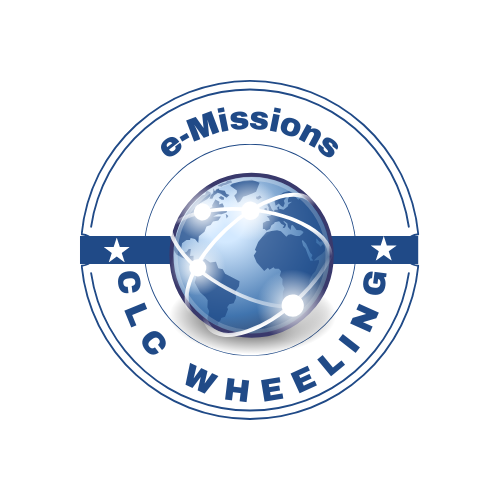Distance Learning
e-Missionse-Missions™ are simulated, problem-based, learning adventures delivered right into the classroom via distance learning technology. With the use of the Internet and videoconferencing equipment, these “live” scenarios are conducted in your classroom by a Flight Director at Mission Control from the Challenger Learning Center at Wheeling University.Explore e-Missions
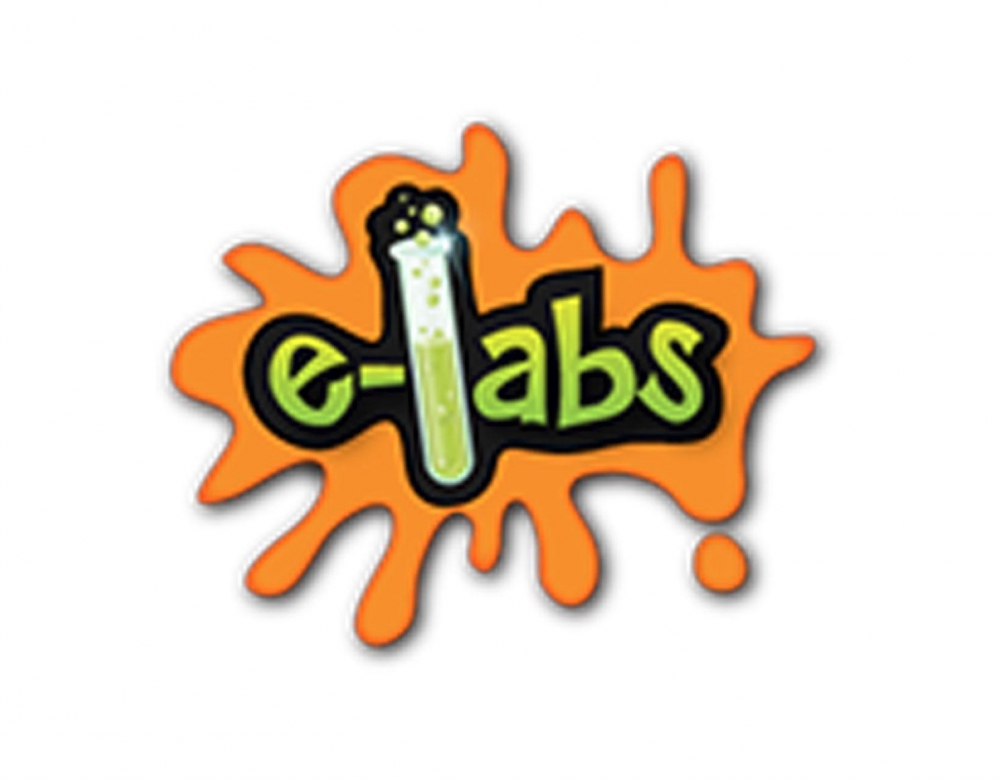
e-LabsAn e-Lab is a short (1 hour), exciting, and fun interactive videoconference with an education specialist who will inspire students to explore science topics with a new level of understanding. The e-Lab program uses a unique approach to teach sometimes difficult subject matter in the lab. Students engage in prediction and interpretation of results through continuous interaction with a lab specialist.Explore e-Labs
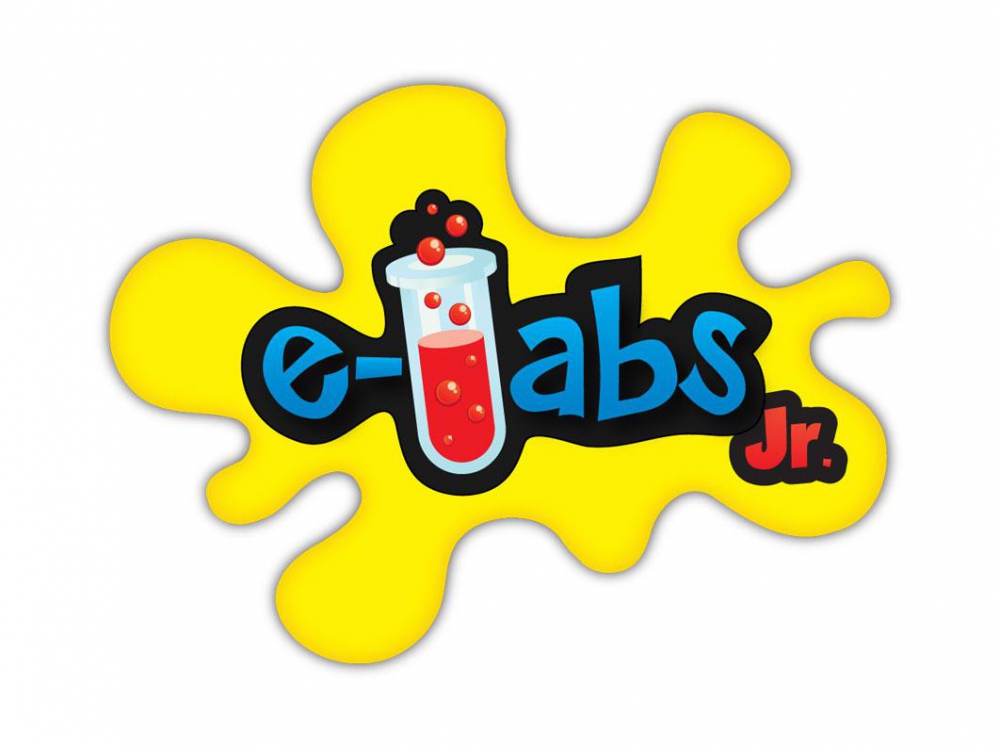
e-Labs Jr.e-Labs are virtual and interactive lessons in various science subjects, such as physical science, chemistry, life science, and Earth science that include a live video conference event. During an e-Lab scientists perform experiments and demonstrations, guide students through difficult concepts, while asking and answering questions. Students are inspired to ask questions and draw conclusions to deepen their understanding of many core concepts.Explore e-Labs Jr.
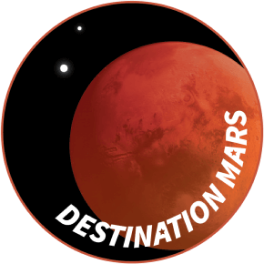
Destination MarsResearchers are ready to explore Mars, but there’s one problem—more than 40 million miles separate Earth from the Red Planet. This distance makes it impossible to travel back and forth between the two planets while completing our research. We need to build a base on one of the Red Planet’s moons, Deimos or Phobos, that will allow us to send a spacecraft to the surface of Mars and back in the fastest and safest way possible.Your students will work in teams to select which moon is best to build our base by analyzing three sets of data collected by rovers on Deimos and Phobos. (60-Minute Mission) Grades 5-8Book a Mission
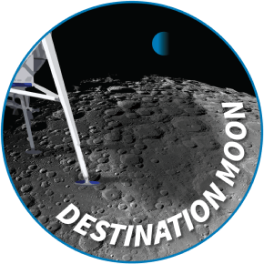
Destination MoonResearchers are ready to return to the Moon to explore its surface and establish a second habitat for astronauts to live and work. To get there, your students will work in teams to launch and fly Blue Orgin’s reusable launch vehicle, New Glenn, into orbit; safely land Blue Origin’s lunar lander, Blue Moon, on the lunar surface; and prepare to explore the Moon’s surface. While in orbit, they’ll monitor for potentially dangerous space weather and space debris, conduct safety checks on the spacecraft systems, deploy and monitor satellites, and launch payloads. (60-Minute Mission) Grades 5-8Book a Mission

Observation EarthEarth-monitoring sensors on the International Space Station are outdated and need to be replaced with new, state-of-the-art hardware.Your students will work together to capture a cargo craft using a robotic arm, monitor astronauts during a spacewalk as they install the new sensors, and analyze data from Earth-monitoring satellites. They’ll collect and analyze data, program robotic arms, and monitor astronaut vitals. The new sensors will collect data on Earth processes and events taking place on our planet. (90- Minute Mission) Grades 6-8Book a Mission

